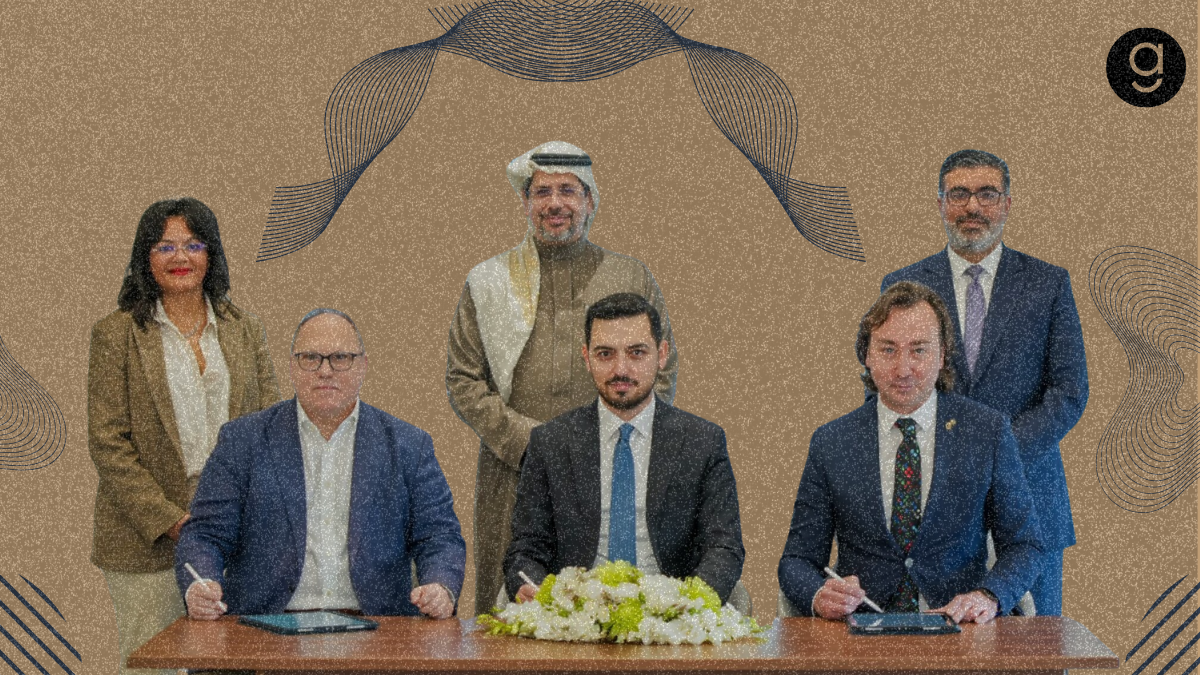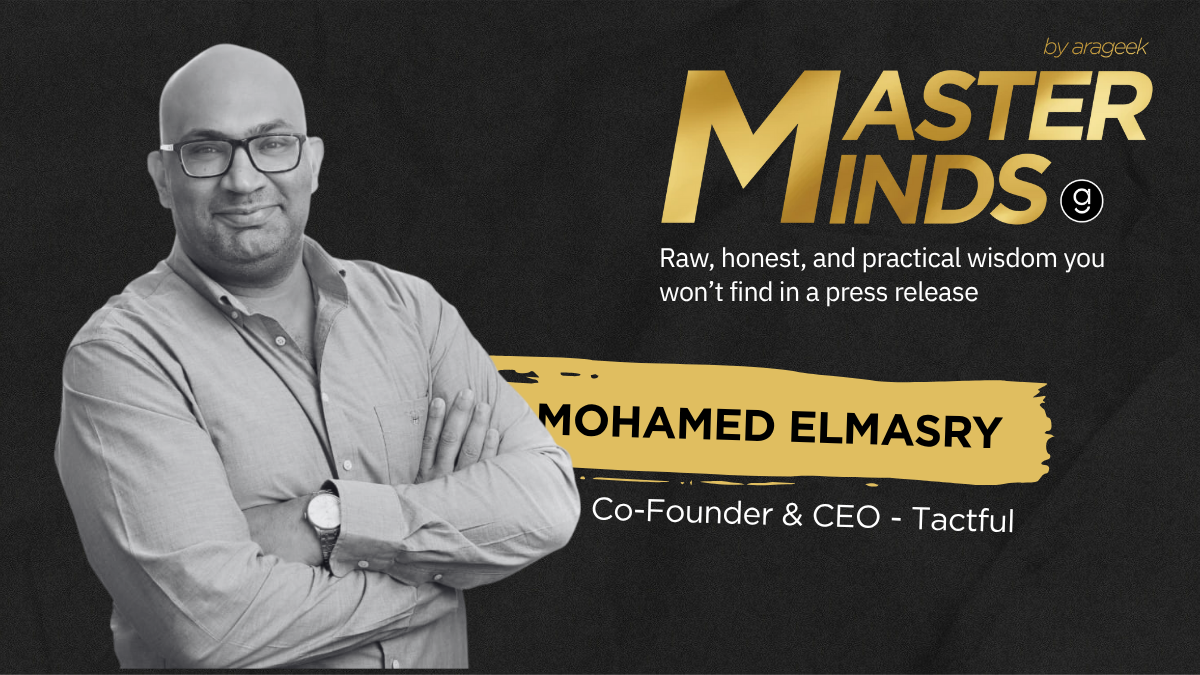Snapchat Emerges as Gulf’s Secret Weapon for Digital Marketing ROI

4 min
Snapchat is gaining substantial ground in the GCC, delivering notable returns on investment.
Recent analysis shows Snapchat outperforms traditional channels, especially with Gen Z and millennials.
Snapchat drives 3,2% of total brand sales, with strong media-driven sales performance.
Brands should strategically allocate budgets, focusing 60% on Snap Ads, 40% on Story Ads.
Industry-specific results reveal Snapchat's potential in streaming and financial services sectors.
When it comes to digital marketing these days, Snapchat has quietly been making significant inroads in the Gulf Cooperation Council (GCC) region, especially when it comes to return on investment. Recent research by Snap Inc. alongside Omnicom Media Group MENA and Annalect MENA delved into some revealing insights about Snapchat’s marketing power in countries like Saudi Arabia and Kuwait.
This Market Mix Modeling (MMM) analysis studied multiple brands across diverse sectors and found Snapchat consistently outperforming other channels, holding its own even against strong traditional forms of advertising. Given Snapchat’s predominantly younger audience—Gen Z and millennials comprise roughly 75% of its users—it isn’t exactly shocking news, although the extent of Snapchat's effectiveness might be surprising to some marketers.
Snapchat doesn't just reel folks in: it keeps their attention too. Research by Amplified Intelligence indicates Snapchat ads get five times the active attention compared to run-of-the-mill mobile in-feed videos. Honestly, given how many bland adverts pop up when I'm mindlessly scrolling through my socials, I can definitely agree that Snapchat’s interactive AR Lenses and story-driven Snap Ads stand a fighting chance of cutting through the noise.
Digging a bit deeper into the figures, Snapchat accounted for roughly 3.2% of total brand sales across the studied industries, managing to scoop a quarter of the sales attributed directly to social media efforts. Impressively, Snapchat contributed around 10% of overall media-driven sales, despite snatching only about 8% of brands' total advertising budget. Clearly, brands looking for more ‘bang for their buck’ should be taking Snapchat seriously.
So, what does optimising your Snapchat budget look like in practice? According to Snapchat’s own Performance Pillars Analysis, brands ought to allocate up to 60% of their Snapchat budgets to regular Snap Ads (keeping costs down while stretching reach), and about 40% to Story Ads. It’s also smart business to include interactive AR Lenses and Filters—those fun features often tempting us to pull amusing faces and take embarrassing selfies—into the mix, at around 10%-20% of the budget, with wiggle room if costs prove particularly reasonable. Premium formats and takeover ads should be carefully balanced, though, to ensure CPM rates stay within a comfy 40%-50% range when compared to standard Snap Ads.
The data also strongly suggests that taking a full-funnel approach—allocating anywhere from 40% to 70% of spend towards awareness-building and upper-funnel initiatives, while maintaining solid mid- and lower-funnel activity—has proved about one-and-a-half times more fruitful than single-objective campaigns.
Some brands across different industries showcased particularly noteworthy results. Take streaming platforms in the region—OSN+ in Saudi Arabia, for example, saw efficiency rise by 1.27 times compared to their lowest-performing channel, while Kuwaiti streaming service TOD managed an impressive 1.64 times hike. Saudi telecom brand Yaqoot also had a good innings, seizing an 18% slice of total SIM activations from social media spend—all thanks to Snapchat.
It's been a similar story with financial services. Saudi loan-provider Tamam attributed 31% of its social-driven loan applications to Snapchat, and its ads delivered an impressive 4 times the performance compared to the usual benchmarks for socially-targeted conversion campaigns. Clearly, Snapchat’s appeal reaches well beyond just trendy lifestyle brands and leisure activities.
To ensure consistent success, the report suggests a strategic, three-level approach to measuring Snapchat performance: daily campaign optimisations, monthly experimentations—such as regular A/B testing—and quarterly evaluations using advanced techniques like MMM and multi-touch attribution analysis. Having covered marketing for a fair while now, I can certainly testify that tracking campaigns closely is always a brillaint recipe for sustained success.
Looking at the broader picture, Snapchat’s unique engagement and impressive ROI make it a genuine asset for businesses hoping to boost their digital presence and return on marketing spend in the GCC region. As Arageek readers might appreciate, winning over digital-savvy younger audiences isn’t exactly a walk in the park—so, the brands that embrace Snapchat’s strategies may find themselves onto a winner.
Forget fleeting trends and shaky advertising budgets, the data’s there for all to see—firms haven't yet fully unleashed Snapchat’s potential. But with the right approach, Snapchat campaigns could genuinely make quite a compelling difference in the region’s competitive marketing landscape.
🚀 Got exciting news to share?
If you're a startup founder, VC, or PR agency with big updates—funding rounds, product launches 📢, or company milestones 🎉 — AraGeek English wants to hear from you!
✉️ Send Us Your Story 👇
 AI
AI Saudi Arabia
Saudi Arabia UAE
UAE Egypt
Egypt








